Farali Cake : Wholesome & Delicious Farali Cake – Boost Your Fasting Menu Today

Farali Cake
Farali Cake : A soft, moist, and delicious cake, Farali Cake is made especially for Hindu fasting events such as Maha Shivratri, Ekadashi, and Navratri. This cake is perfect for upvas (fasting) since it uses “vrat-friendly” ingredients like rajgira flour (amaranth flour) or singhare ka atta (water chestnut flour), which are avoided while fasting.
This cake is simple to make, eggless, and can be made on the stovetop or baked in an oven. Even during fasting, it pairs well with a cup of tea and has a delicate crumb and a hint of sweetness.
Ingredients for Farali Cake :
The ingredients for this easy and delicious farali cake are as follows:
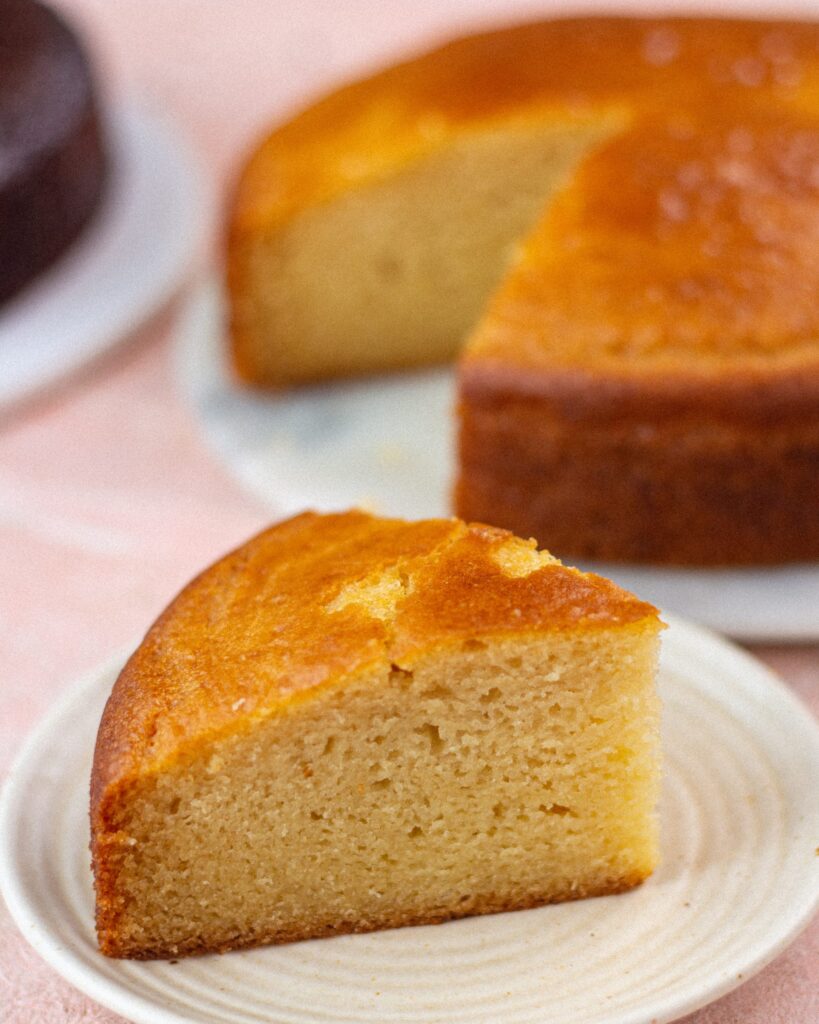
Dry Ingredients :
One cup Rajgira flour, also known as amarath flour
Half a cup of Singhare ka Atta (water chestnut flour) or Arrowroot flour
1/4 cup of desiccated coconut, if desired for taste and texture
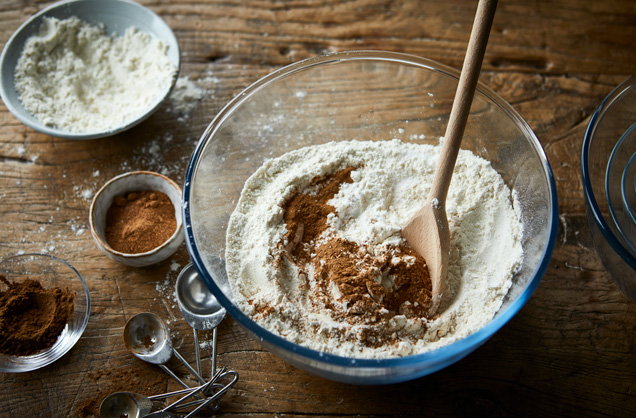
One teaspoon of baking soda
One teaspoon of baking powder, which is optional but adds fluff to the cake
1/4 teaspoon of Sendha Namak rock salt
Wet Ingredients:
One cup of thick yogurt (store-bought or homemade curd)
3/4 cup powdered sugar, or more if desired
Half a cup of coconut oil or ghee
One teaspoon of cardamom powder (for taste)
Two (2) tablespoons of milk, if necessary for batter consistency
One teaspoon of vinegar or lemon juice (to activate baking soda)
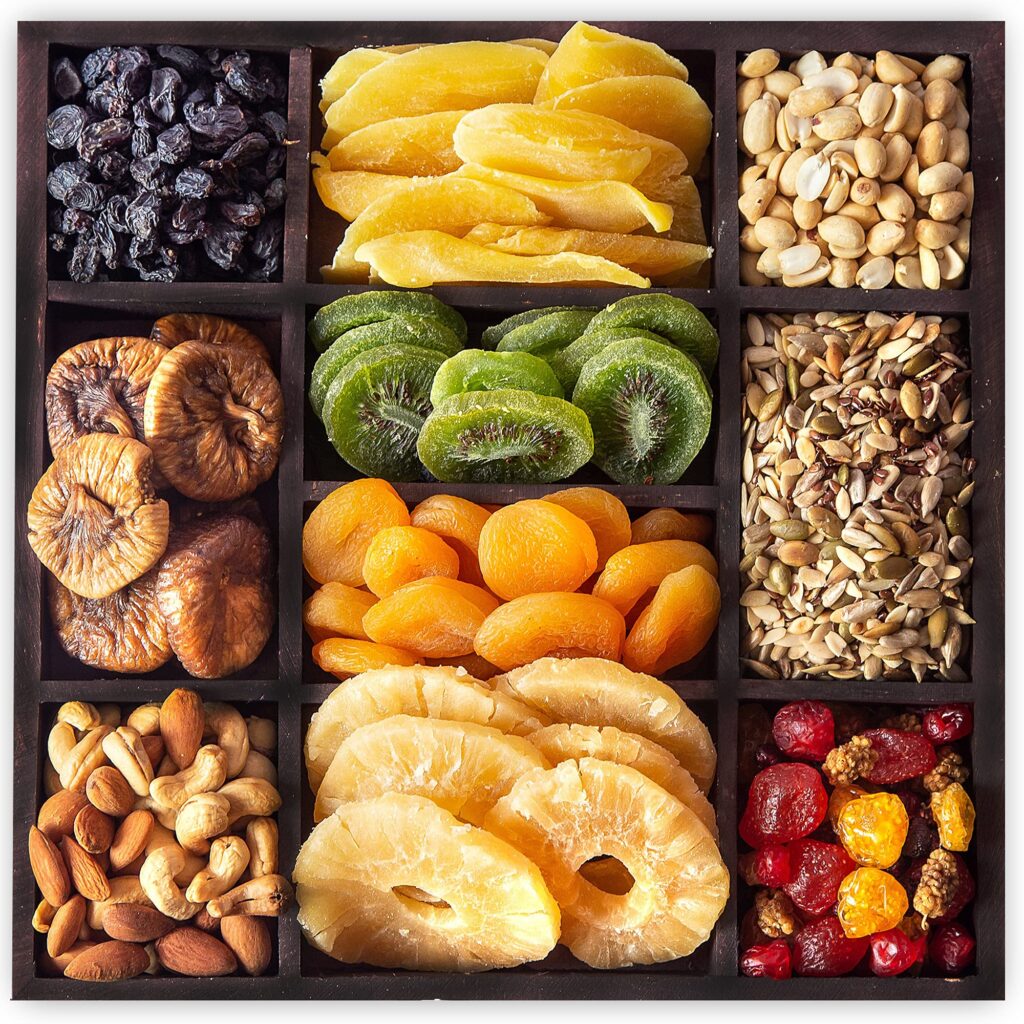
Extras that are optional:
Two tablespoons of chopped nuts (walnuts, almonds, or cashews)
One tablespoon of Raisins
One tablespoon of poppy or chia seeds (optional for texture)
Step-by-Step Recipe to Make Farali Cake
A Comprehensive Guide to Baking Farali Cake :
First, get the oven ready.
Step 1: Set your oven to 170°C (340°F) before you begin mixing. Heat a heavy-bottomed pan or cooker with a stand inside over low heat if you’re using a stovetop.
Step 2: Get the Cake Tin Ready Grease a 6-inch or 7-inch circular cake pan with coconut oil or ghee. To keep it from sticking, place parchment paper at the bottom or lightly dust it with rajgira flour.
Step 3: Combine the dry components
Combine in a mixing basin and sieve:
Rajgira flour
Singhare ka atta, also known as arrowroot flour
Baking soda
Powdered baking
Salt from rocks
Sifting makes the cake lighter by incorporating air into the flour and removing lumps.
At this point, you can also use desiccated coconut and thoroughly combine it with the flours.
Step 4: Beat Wet Ingredients :
In a different bowl:
Smoothly whisk the yogurt.
Whisk in the powdered sugar until it melts.
While whisking, gradually add the coconut oil or ghee.
Add the cardamom powder and stir briefly.
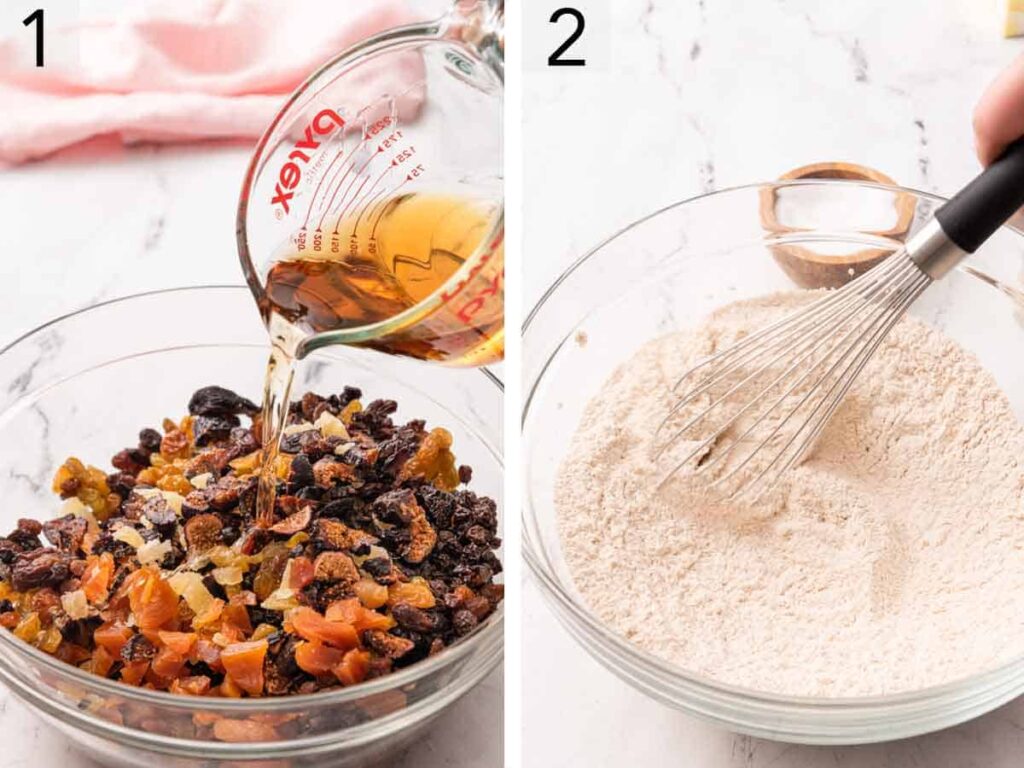
Step 5: Mix the Dry and Wet Components
In stages, slowly fold the dry ingredients into the wet mixture.
Gently stir with a spatula. Avoid overmixing as this could cause the cake to become dense.
To change the consistency if the batter seems too thick, gently add one or two teaspoons of milk. The batter ought to be pourable despite its thickness.
Step 6: Add lemon juice in next step.
Gently stir in one teaspoon of vinegar or lemon juice.
The cake will become airy as a result of this reaction with the baking soda.
Step 7: Extras that are optional
Currently, you can fold in:
Almonds and cashews chopped
Raisins
If used, use poppy or chia seeds.
This improves flavor and adds crunch.
Step 8: Move the Batter to the Tin
Fill the prepared cake tin with the batter.
To level the batter and release air bubbles, lightly tap the tin on the counter.
Step 9: Bake
A toothpick inserted into the center of the cake should come out clean after 25 to 30 minutes of baking at 170°C (340°F).
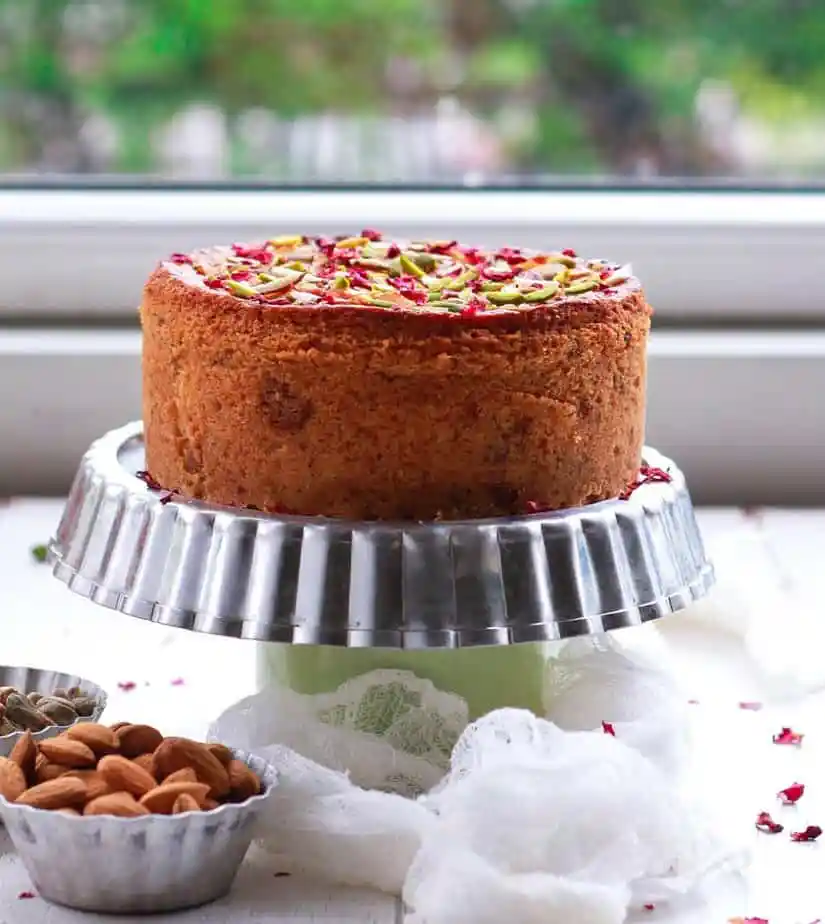
If using a stovetop, put the cake pan in the hot pan or cooker and cook it for 35 to 40 minutes on low heat, covered.
Step 10: Demould and Cool
After finishing, take the cake out and allow it to cool for ten to fifteen minutes in the tin.
Demould it carefully onto a wire rack after running a knife over the edges.
Before slicing, let it cool fully.
- Using yogurt or buttermilk as a natural egg alternative makes it simple to prepare Farali Cake without an egg. This is a brief guide.
How to Skip Egg in Farali Cake:
1.Replace 1 egg with 1/2 cup thick yogurt (curd) – To add moisture and binding, use half a cup of thick yogurt (curd) for one egg.
2.To activate the baking soda for fluff, add 1 tsp lemon juice or vinegar.
3.For richness, use coconut oil or ghee.
4.Baking soda, yogurt, and lemon juice combine to create a natural leavening agent; no egg is required.
This makes the cake soft, moist, and completely vrat-friendly!
Serving Recommendations :
For a tea-time snack, cut the farali cake into slices and serve it plain.
For added sweetness, drizzle with some honey or a vrat-friendly syrup.
On days when people fast, serve with a cup of masala tea brewed with rock salt (sendha namak).

Tips & Tricks for Perfect Farali Cake :
Choice of Flour: For a well-balanced texture, you can use rajgira flour by itself or combine it with singhare ka atta or arrowroot flour.
Sweetness: Change the amount of sugar to your liking or use sweeteners that are suitable for fasting, such as jaggery powder (if permitted).
Oil/Ghee: Ghee adds a rich, traditional flavor, while coconut oil adds a mild coconut flavor.
Moisture: Yogurt makes the cake spongy by adding softness and moisture.
Flavor Boost: For more scent, you may also add a pinch of nutmeg powder.
Without an oven, you may just steam this cake or cook it on a tawa or pan over a very low heat with a lid on.
Storage: Keep in a tightly sealed container. At room temperature, it remains fresh for two to three days.
Why is Farali Cake Special?
Farali Cake is unique in that it satisfies the requirements of fasting while providing the satisfaction of a moist, home-baked cake. This cake can be a mood enhancer and satisfy sweet desires without violating any fasting practices on days when your food alternatives are limited.
All-purpose flour (maida), eggs, and ordinary salt—all of which are prohibited during Hindu fasts—are used to make the majority of cakes. However, farali cake is completely vrat-compliant because it contains sattvic components like rajgira, yogurt, ghee, and sendha namak.
Advantages of Nutrition :
- Rajgira flour is an excellent fasting food since it is high in protein, calcium, and amino acids.
- Arrowroot Flour: During fasts, it gives you energy and is easy to digest.
- Coconut oil and ghee are good fats that prolong feelings of fullness.
- Yogurt: A beneficial probiotic that gives the cake moisture and suppleness.

Variations :
1.Farali Chocolate Cake: To produce a chocolate version that is suitable for fasting, add 1 tablespoon of cocoa powder, if permitted.
2.Fruit Farali Cake: To add moisture and natural sweetness, add grated apples or mashed bananas.
3.Lemon Farali Cake: For a cool citrus taste, add lemon zest and a bit extra lemon juice.
4.Farali Muffins: Instead of making a cake, use the same recipe to create muffins; simply shorten the baking time to 15 to 18 minutes.
Conclusion :
‘During a fast, this simple Farali Cake dish is a nutritious, filling, and delectable dessert. It will be a favorite not only on vrat days but also any time you’re craving a straightforward eggless cake because of its soft, fluffy texture, gentle sweetness, and fragrant ingredients.
Try this recipe for a delicious slice of homemade comfort food on your next fasting day!




